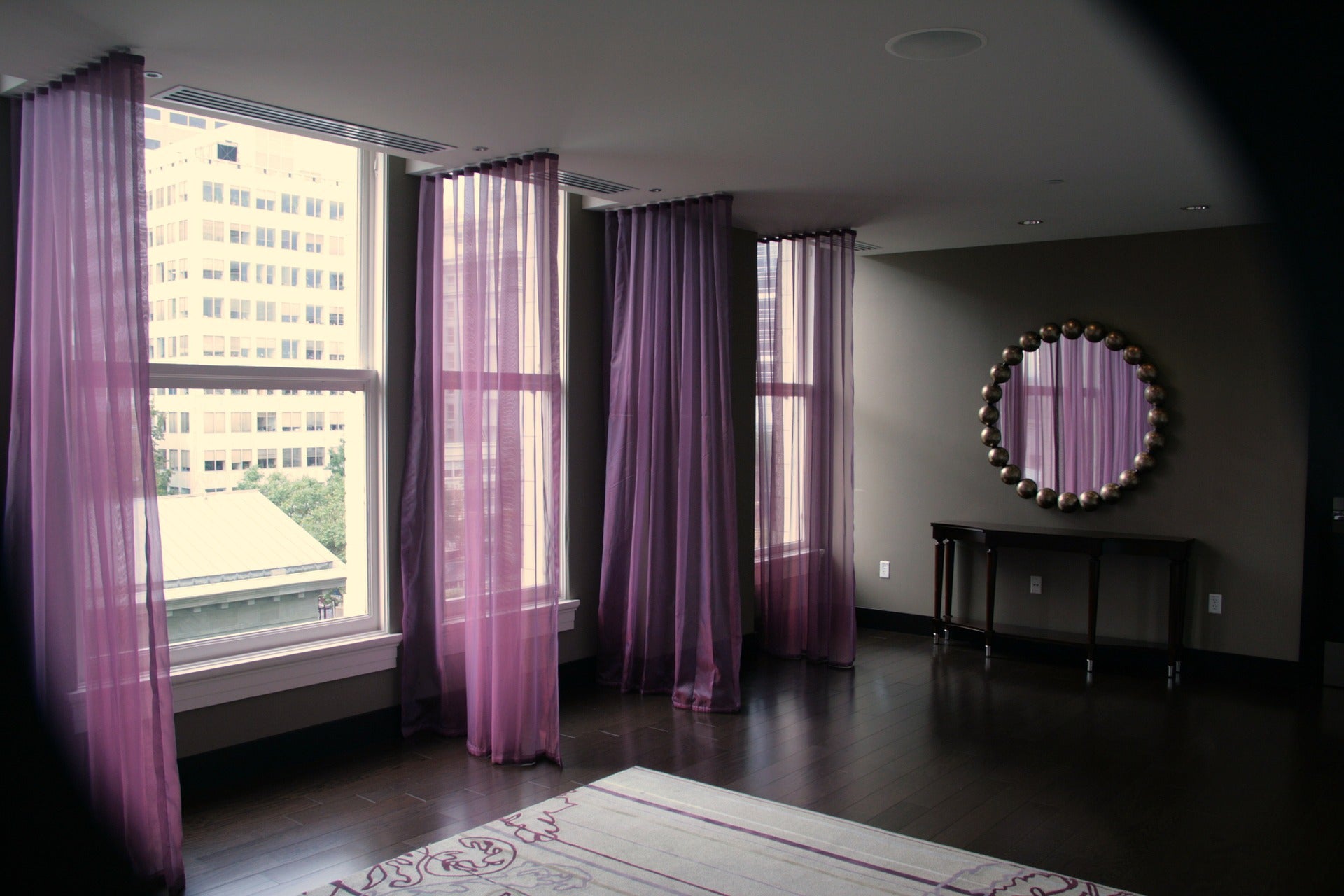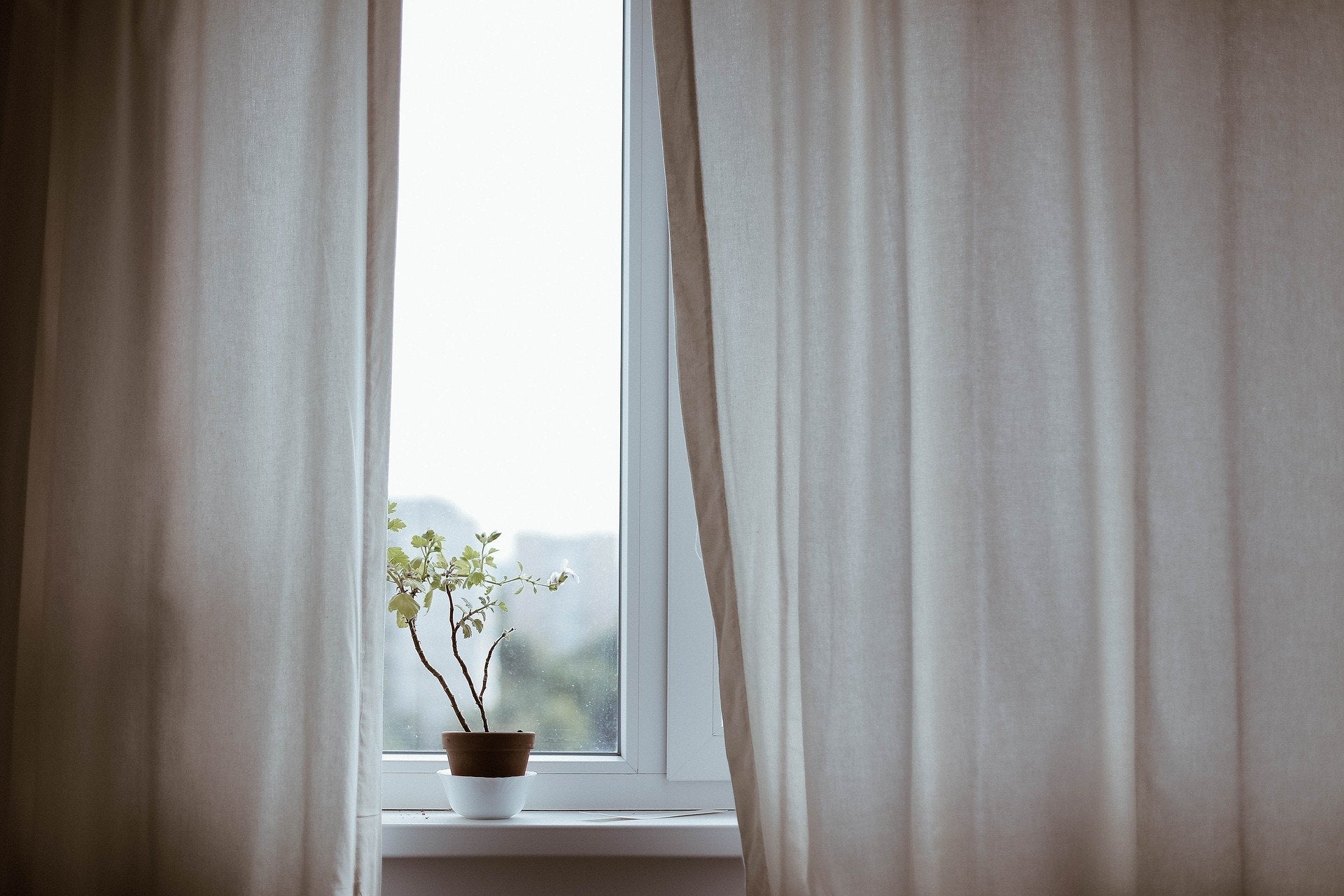
How Do I Choose the Right Curtains?
Have you purchased your home's furnishings, wardrobes, and kitchen cabinets? Curtains are one aspect of house design that you cannot overlook. They're one of those essential pieces of furniture that can set the mood in a space. The options are infinite, from light and airy to substantial and decorative, from plain colors to patterns, translucent materials to heavy opaque coverings. With so many different tracks, materials, and accessories to choose from, choosing the correct decision may be difficult. Some steps you can go through to select curtains:
Estimate the Length of the Curtains
When purchasing curtains, length may be the most crucial factor to consider. Standard sizes are offered in five different sizes. It is entirely depending on the size of your window and the height of your ceiling. The curtain length is determined by measuring from the top of the curtain rod to the bottom of the fabric.
To determine the length of the curtain, you'll need, measure the distance between your rod and the floor. 45 inches is the typical curtain width.
Decide a Curtain Fabric
There are numerous curtains materials in the market. Keep in consideration the quantity of light that will travel through your windows in addition to the overall aesthetic you desire for them. Lighter, more transparent textiles will let in more light than heavier, opaque fabrics.
You'll have a lot of options in terms of color and design within each fabric selection. If you want your curtains to look attractive, go bold, or keep it simple if you don't want them to distract from other main points.
Choose the Rod
The next step in selecting curtains is to choose hardware, which includes your curtain rod. You should choose a rod from 6 to 12 inches broader than the window to balance the design. This will add visual appeal to the space while also allowing you to shift your curtains to the side when you wish to open them. Fortunately, most conventional curtain rods are adjustable, allowing you to make them smaller or bigger as needed.
If you're utilizing curtain holders, make sure they're made of the same material as your rod.
Some more Tips
Curtains or Drapes
Homeowners frequently pick curtains, drapes, blinds, and shades without understanding the distinctions. As a result, these window coverings may reduce the quantity of natural light that enters your space.
Curtains are lightweight cloth panels that hang on curtain rods. They're primarily utilized for seclusion. Therefore they're ideal for living rooms. On the other hand, drapes are constructed of heavier fabrics that block light, making them perfect for bedrooms.
Choose Color
Curtains should preferably match the color scheme of the rest of the room's decor. You may either check or contrast the curtains with the rest of the room's design. Choose drapes that complement the color of your walls for a pleasant effect. If you want the curtains to be the focal point, choose a color that contrasts with the furniture and walls.
Solids or Prints
We'll have to look at the rest of the decor to find a solution to this. If the rest of the room's soft furnishings are solid colors, patterned curtains might be a popular choice. Likewise, the inverse is true. Prints provide visual weight to any piece, so keep that in mind. As a result, one option to use printed curtains is to match them with solid-colored furniture and add printed cushions, area rugs, and other accessories. With a contemporary style area, you might utilize wacky designs and geometric patterns. At the same time, florals would go well with modern classic and traditional décor.
Understand the Width
The optimal width of your curtains is determined by the width of your windowpane or door's molding. One method for determining the optimal width is to measure the frame and multiply it by 2/2.5. When the curtains are drawn back, the excess fabric helps achieve the gathered effect on the sides.
Trims and Accessories
They may be dressed up or down. Pull-backs, valances, and decorative curtain tracks mounted on the wall above the curtains are examples of certain trims and accessories. Light draperies may be artfully paired with decorations and accessories to give richness and grandeur. The beautiful frilled cloth at the top of the window, known as a valance, is a great way to dress up your space. Simple pull-backs and the absence of ornamental trimmings, on the other hand, will make materials like velvet or satin seem stylish and sleek. This, too, will be determined by the desired impact. Make sure to view our curtains here at SAG Custom Curtains.
Consider the Maintenance Required
A curtain's fabric and substance influence how it should be cleaned and how often it should be cleaned. Certain materials require special attention. Others may be washed in the machine.
- Low-maintenance materials: Cotton or synthetic fabrics are ideal for curtains that must be washed twice a year. If the curtains are unlined, they may be machine washed, but they should be hand washed if they are lined. This is a fantastic alternative for people with dust allergies or who have children and pets at home.
- High-maintenance fabrics: Any curtain with pleats or swags must be dry cleaned regardless of material. Wool, silk, premium, and sheer curtains must be dry cleaned or hand washed in cold water to keep their colors and form.


